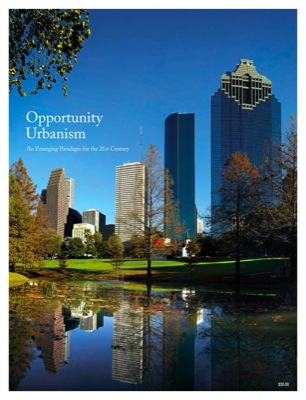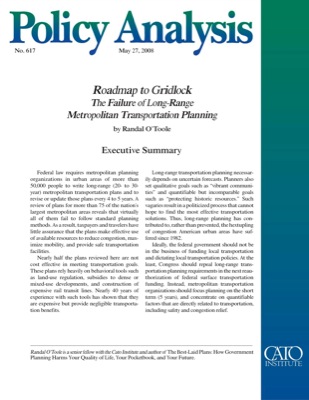A new brief from the Brookings Institution says American cities should “expand transit and compact development options” in order to reduce their “carbon footprints.” The brief is based on a study, but frankly, I don’t think the study supports the conclusions.
The study compared per-capita carbon emissions from transit systems with a crude estimate of carbon emissions from driving. But it failed to note that per passenger mile carbon emissions from transit tend to be more than from driving. The study also looked at residential carbon emissions, but not emissions from other sources. The study used so many shortcuts — for example, estimating carbon emissions based on miles driven rather than using actual fuel consumption data — that it is likely rife with errors.













